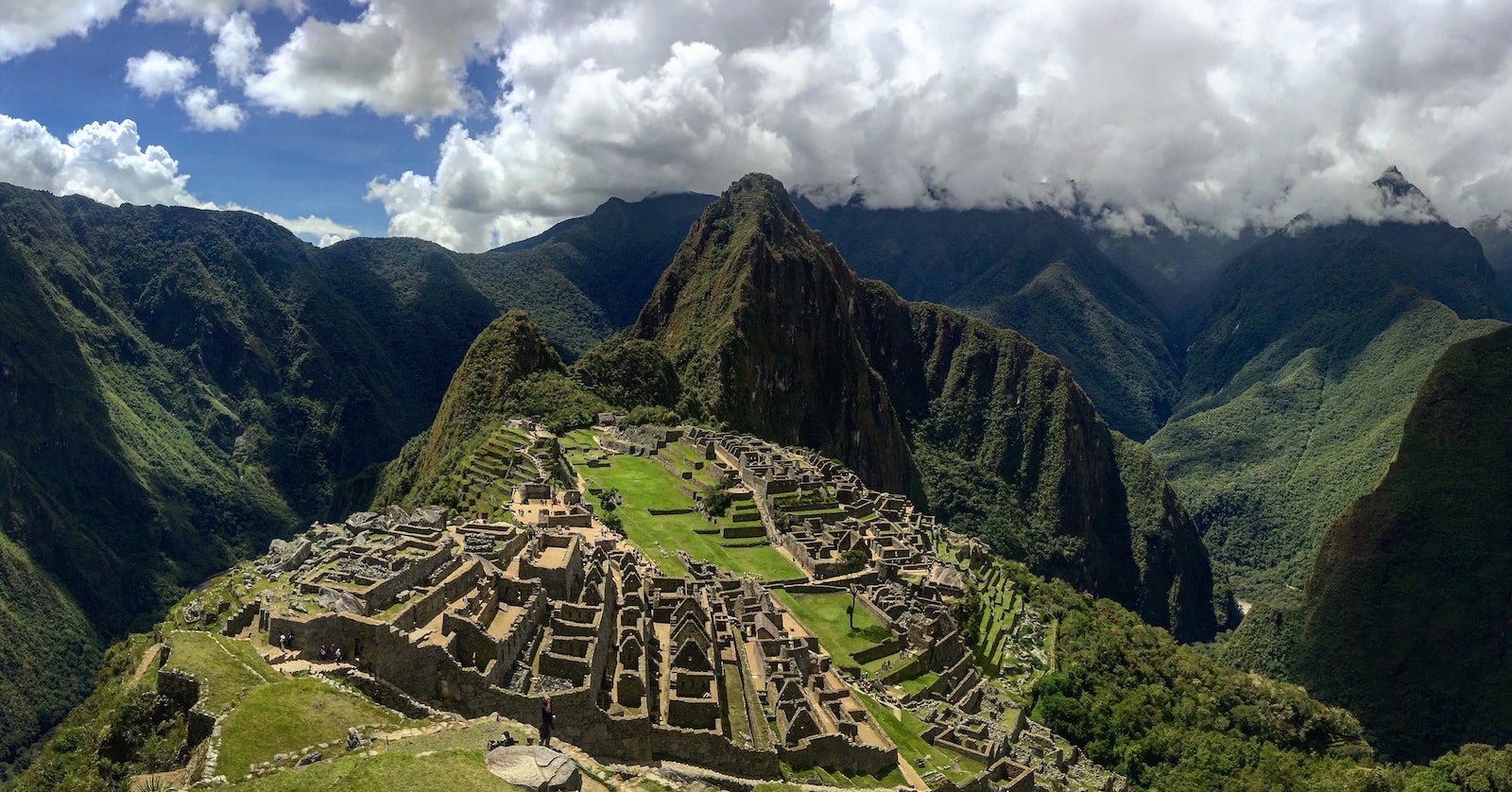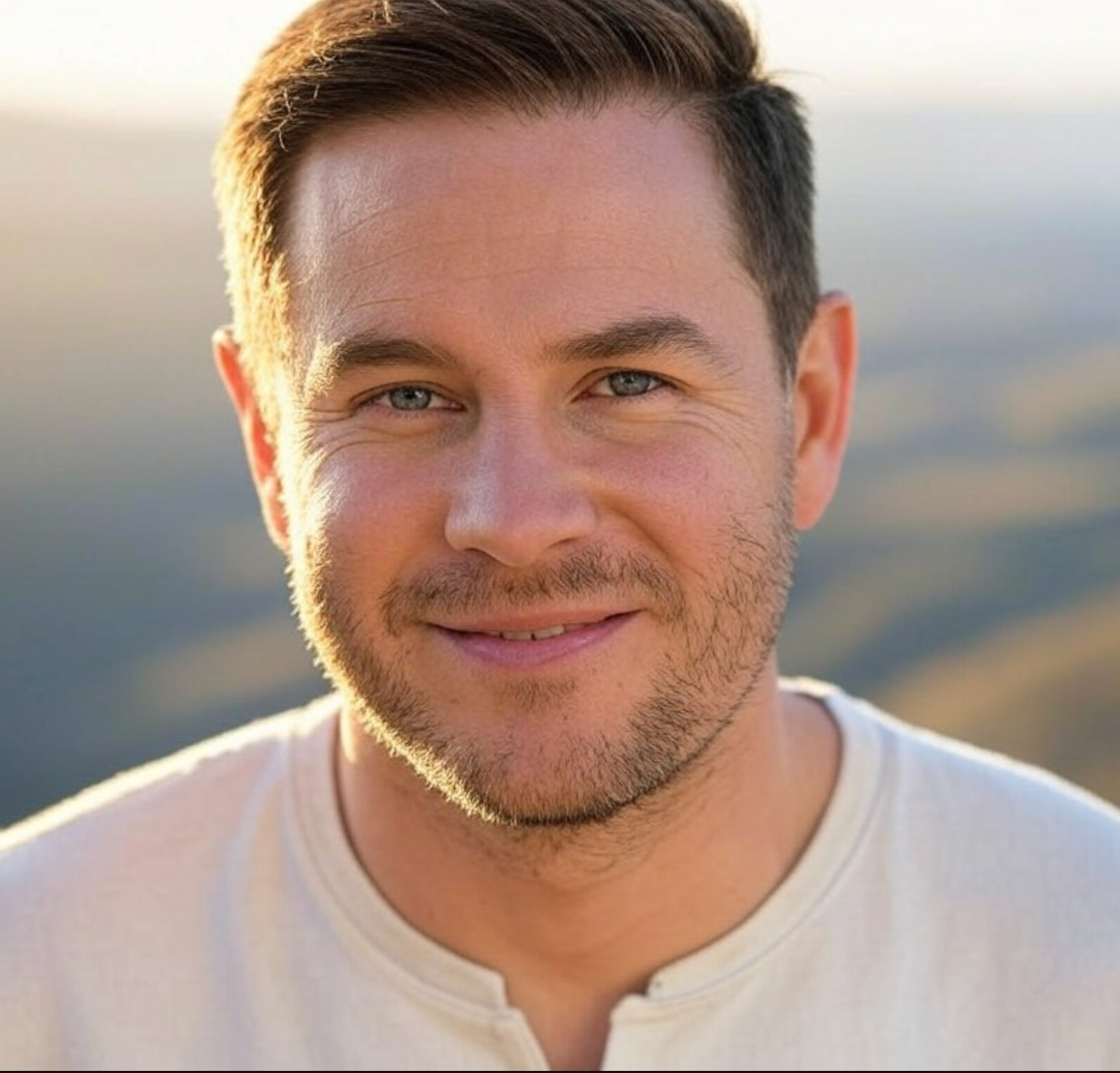With Machu Picchu, the Incas, Atahualpa, the Temple of the Sun, the kingdom of Cuzco, plus innumerable sites dating from well before the arrival of the Spaniards of Pizarro in 1531, Peru accumulates to him only all that one can imagine, of real as well as of “fantasized”, of this “Andean America pre-Columbian”.
Then, beyond this Machu Picchu that we do not present any more, we go back up time here with the vestiges of the cities of Caral, Chan Chan, Choquequirao, the temple of Huaca, the funeral sites of Sillustani close to the lake Titicaca, the one of Sipan or still the impressive cemetery of Chauchilla and its pre-Columbian mummies
And then there are also the strange lines and geoglyphs of Nazca visible from the sky, plus of course the Sacred Valley, next to Cuzco, which shelters numerous archaeological sites such as Moray, Tambomachay, Ollantaytambo, and which has also become a must-see.
In short, Peru is the trip to the country of the Incas…
The origin of the Inca civilization
The Incas represented formerly a pre-Columbian civilization of the Andes cordillera. This one was born in the XIIIth century in the region of Cuzco before developing along the Pacific coast towards the neighboring countries.
According to the specialists, the Incas would be at the origin a population come from the south of the lake Titicaca which would be allied with populations Quechua of this region. Led by Manco Capac who will become then the first Inca sovereign, they migrated then around Cuzco where they founded their first city.
Where and in which countries lived the Incas?
Dominant civilization, the Incas spread from Peru towards the neighboring countries. Thus one finds testimony of this culture in Colombia, in Ecuador, in the west of Bolivia, as well as in the north of Chile and Argentina.
Who destroyed the Inca civilization?
The end of the Inca Empire coincides with the arrival of the Spaniards in South America. It is under the orders of Francisco Pizarro that the conquistadores destroyed and conquered this one from 1532 during a campaign which lasted about forty years. At this date, the Incas were then no more than 1 million approximately, whereas one estimates at 12 to 15 million the Inca population of before the Spanish conquest of Pizarro.
Cuzco in the heart of the Inca Empire
Associated with the image of Peru, the superb colonial city that is Cuzco (or Cusco) is classified in the world heritage of the Unesco. If it represents an excellent base to discover the surroundings as Pisac or the Sacred Valley, the city in itself also has its lot of testimonies going back to the prehispanic time.
Calle Loreto
Like Hatun Rumiyoc street, the Loreto is an Inca paved alley framed by imposing walls with perfectly interlocking stones.
Historical center of Cuzco
Remarkable, and even unique, it is registered with Unesco. It abounds in buildings of the Spanish period, often built on ancient Inca buildings, churches, squares and small paved streets.
Hatun Rumiyoc
It is a narrow paved street of the old Cuzco rather known lined with imposing stone walls (with in particular the famous “stone with the 12 angles”) dating from the Inca period.
Museum of pre-Columbian art
In a former Conquistador’s house, the place presents various collections of objects and other testimonies of the Inca civilizations but also other less known ones of the region.
Inca Museum
Housed in the “Palacio del Almirante”, this museum highlights the Inca civilization, from its origins to its fall, through various collections of objects, jewelry, weapons, etc.
Q’enqo
It is an Inca sanctuary located on the northern outskirts of Cuzco. Having a semicircular shape, it is generally considered as an amphitheater.
Qoricancha and Santo Domingo convent
Otherwise known as the “Temple of Gold”. Of what was the most sacred place of the Inca empire, only a few walls remain today next to the Santo Domingo Convent that the Spaniards built in its place in the sixteenth century and which is still visible.
Sacsayhuaman
On a hill overlooking Cuzco stand the impressive remains of an Inca architectural complex of the 15th century with functions not yet really defined. It is there that is held every year, on June 24, the Inti Raymi which is the festival of the Sun.
Inca sites (and others) of Peru
Caral
They are the vestiges of the most ancient pre-Columbian city of America. This archaeological site located in the desert in the north of Lima is classified in the Unesco.
Cerro Sechin
Here is one of the most ancient temples of Peru composed of big monoliths decorated with engravings. It is in the valley of Casma.
Chan Chan
It is the site, very close to Trujillo, of a pre-Columbian city in adobe composed of ten citadels. Chan Chan is registered with the heritage of UNESCO.
Chauchilla
At about thirty kilometers from Nazca, it is an “open sky” cemetery containing impressive pre-Columbian mummies.
Chavin
Officially called Chavin de Huantar, this archaeological site classified by Unesco is located at 3,180 meters of altitude, not far from Huaraz.
Inca Trail
This is a great classic of the trek (now very regulated) that follows a beautiful traditional Inca road that leads to Machu Picchu.
Choquequirao
It is an Inca site quite similar to Machu Picchu. Difficult of access, we go there in a trek of 4 days from the village of Cachora.
Huaca de la Luna
Limitrophes of Trujillo, they are two pre-Columbian temples built by the Moche civilization.
Kuelap
The site, close to Chachapoyas, hosts a fortress of the pre-Columbian period.
Lambayeque
Small city near Chiclayo known for hosting two very important archaeological museums, including the Royal Tombs of Sipan.
Lines and geoglyphs of Nazca
Located at the periphery of the city of the same name, the lines and geoglyphs of Nazca are known worldwide and classified with the world heritage of UNESCO. These immense pre-Columbian figures are to be seen from the sky.
Machu Picchu
Classified in Unesco and recognized worldwide, it is “the” pre-Columbian site par excellence and the “symbol” of Peru. We do not present it any more…
Pisac
It is a small town near Cuzco, in the Sacred Valley, known for its Sunday market and its Inca ruins.
Sillustani
It is a pre-Inca funerary site of the region of the lake Titicaca. It is located in a remarkable frame in border of the lake Umayo, between Juliaca and Puno.
Sipan
About thirty kilometers east of Chiclayo, Sipan (or Huaca Rajada) houses one of the most important burial complexes of the Moche culture discovered to date.
Tucume
In the Lambayeque Valley, near Chiclayo, it is a group of 26 pyramids dating from the pre-Columbian period.
Sacred Valley of the Incas
This superb valley next to Cuzco, roughly between Pisac and Machu Picchu, shelters numerous archaeological sites (Moray, Tambomachay, Ollantaytambo…) and small villages. It is a must-see of the region.

